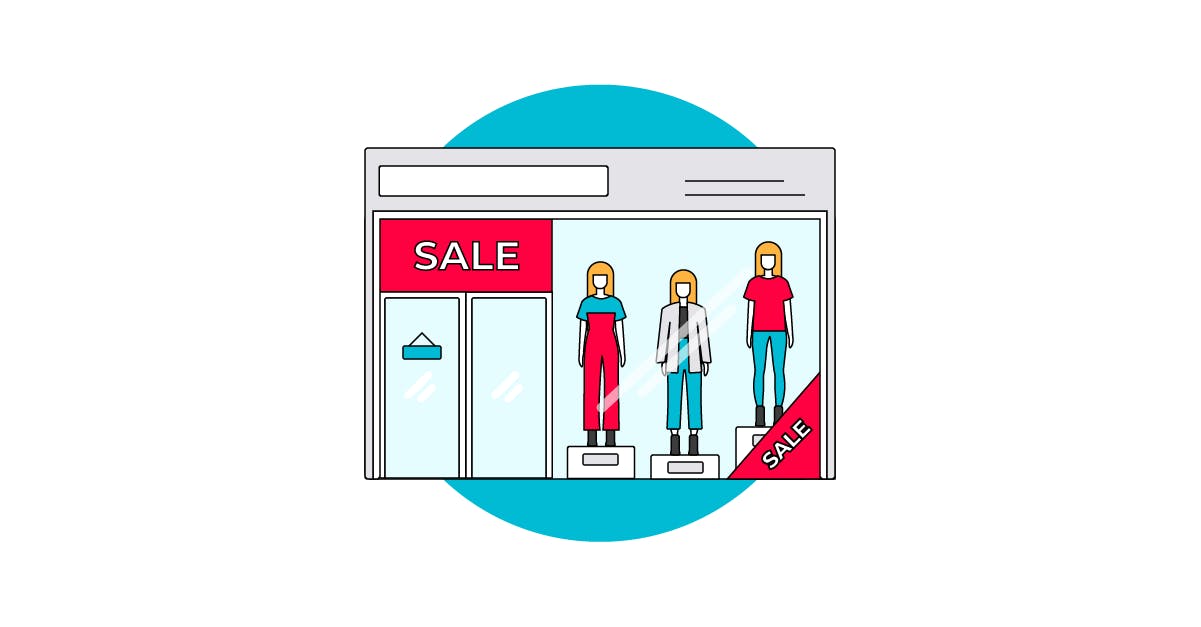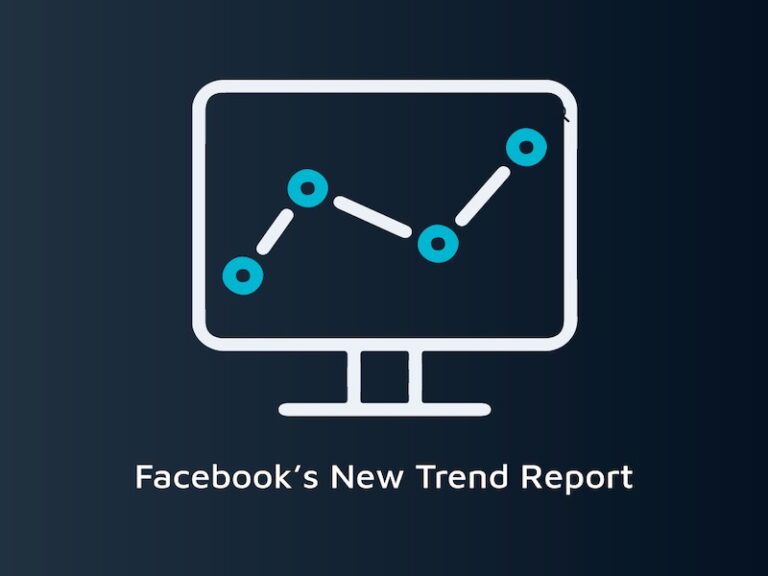
One example of this comes from Aldo, who is reportedly set to trial a ‘save for later’ option in its physical stores. Speaking at Econsultancy Live recently, Aldo’s SD of Omnichannel experience, Gregoire Baret, explained how the feature will enable store associates to send customers the links to anything they might be browsing in store but are unsure about buying. This means that Aldo will be able to link the offline and online experience, enabling the shoe retailer to re-target customers (even if the customer does not buy anything) – just like if the customer were to browse online but not purchase.
Indeed, while many retailers are striving to re-create the in-store experience online – such as adding more ‘human’ elements like one-to-one virtual appointments – retail stores are also looking to make the in-store experience more akin to digital. This means an experience that’s quicker, seamless, and connected. In doing so, retailers are able to open up new opportunities to capture consumer data, and lock in omnichannel sales.
Stores to drive customer acquisition
— Stanley Pignal (@spignal) July 23, 2020
Deliveries almost as instant as this tweet.
Our same day delivery is quick like that. https://t.co/FxlBEGi3mv pic.twitter.com/RPRKJ3JOZ9
Retail pop ups have been a popular concept for years, with the format enabling retailers to test out and experiment with physical stores in new locations. Moving forward, however, we could see a resurgence of the format, as it aligns with lower-budgets and the feeling of overall uncertainty within the industry. Pop-ups also allow retailers to set up the store with social distancing in mind, and they offer landlords – who are likely to have lots of space on their hands – an easier way to fill vacancies in the short-term. According to Vogue Business, Appear Here, an online marketplace for retail space, saw an increase of 125% available retail space listed between June to August.
With more consumers shopping online, retailers are also making use of closed or unused store space, which in some cases means turning stores into centres for distribution.
Best Buy is another prominent retailer to do this, having announced plans for a ‘ship from store’ pilot back in August. In the retailer’s earnings call, CEO Corie Barry explained that it would be turning 250 stores into delivery hubs in order to handle online orders (which had surged in Q2). While Best Buy already shipped from stores pre-Covid, Barry explained that the new fulfilment hubs will be able to ship much larger quantities, as well as facilitate a same-day delivery service, in turn enabling the retailer to compete with rival Amazon.
Stores being turned into fulfilment centres
Ecommerce trends in 2021: What do the experts predict?
Alongside pop-ups, ‘State of Fashion 2021’ suggests that transient (or temporary) retail stores could also be an opportunity for both retailers and landlords. The report cites the TX Huaihai mall in Shanghai as an example to follow, with the mall set to feature “a rotation of brand pop-ups changing every three months in a bid to keep up with young consumers’ desire for newness.”
— Best Buy (@BestBuy) November 18, 2020
Crucially, pop ups can also give retailers the chance to re-engage with consumers in a physical environment, as well as the opportunity to test new store innovations such as ‘no touch’ product trials and contactless technology. Overall, retailers are able to create more immersive and entertainment-driven experiences – something that is predicted to be a key trend for 2021. Andy Budd, Founder of Clearleft, recently told Econsultancy: “When we are out of lockdown once and for all, I suspect we’ll see a huge demand for in-person, experiential shopping, dining, entertainment and more… if you can get the majority of your material needs fulfilled through online delivery, the in-store experience needs to be just that—an experience—in order to truly compete.”
Of course, it’s not viable for all retail stores to re-purpose for fulfilment. It can be impossible without investment in staff retraining, remodelling, automation or disrupting the existing store experience. Overall, this makes it hugely expensive, and therefore unprofitable for many. In a recent article, James Hankins, writing about the difficulty of distribution for ecommerce businesses, cited a chart well-known from Twitter, showing the profitability of online grocery orders when fulfilled by various models across delivery and click and collect (including grocers picking from stores, from dark stores, from warehouses etc.). Hankins writes that this chart “shines a beautifully powerful light on the whole situation (note that Ocado are building out their Micro-fulfilment centres and you can see why!)” Automated micro-fulfilment centres are very different to a dark store.
Interestingly, Amazon also has its eye on retail stores. The Wall Street Journal reported back in August that the ecommerce giant has been in talks to turn formerly or currently occupied JC Penney and Sears stores into distribution hubs. This would enable Amazon to speed up the last mile of delivery to nearby residential areas, something that it has been focusing on; Amazon has already acquired the sites of two failed shopping malls in northeast Ohio and turned them into fulfilment centres.
With customers likely to prioritise factors like speed, convenience, and safety going forward, these kinds of in-store services – which require customers to connect with multiple channels (rather than just the store itself) – could become more popular. In turn, giving retailers more chances to turn potential customers into new and returning ones.
In a post-Covid world, we could even see malls and shopping centres in the west adopt the format. It would enable retailers to keep one foot in physical retail (and the connection with consumers that it affords) when budget allows, without the risk of long-term investment.
However, since Covid, retailers are increasingly keen to capitalise on the growth of online shopping, using their own stores to expand and enhance fulfilment. As the ‘State of Fashion 2021’ states, now, “major US retail players like Walmart, Kohl’s and Target have been working to convert their retail spaces into mini distribution hubs to shorten the last mile for customers.”
According to McKinsey predictions, Europe is likely to see an 8 to 13% decline in offline retail sales in 2021, while the US will likely see a drop of 22 to 27% compared to 2019 levels.
This activity was already happening pre-Covid. In 2019, a CBRE study found that 7.9 million square feet of US retail space has been turned into 10.9 million square feet of new industrial space since 2016, mainly in the form of warehouses and ecommerce distribution centres.
A resurgence of pop-ups and transient formats
“We can find ways to make [the stores experience] efficient and super-fast, while adding the value of interacting with a human being.” says Baret.
Instead of considering the value of stores in the context of ‘four-wall sales’ – i.e. how much product is sold inside the store – many retailers are considering what other roles physical stores can play, and how this might translate into ROI.
Supermarkets are often decried as evil profiteers. But look at the operating margins they make! In-store: 2-3%. Online delivery: big losses.
From a nice @FT Big Read on grim economics of the online grocery boom by @JonathanEley and Ryan McMorrow. https://t.co/uCpzVEbnk5 pic.twitter.com/Fr129SKdj2
BOF’s ‘State of Fashion 2021’ report suggests that “retailers should think of physical store investments… as a vehicle for customer acquisition, rather than purely as a distribution venue for product.” In other words, in the same vein as a retailer might consider media investments or brand partnerships.
Physical retail is often associated with permanence, but 2020 has given rise to the idea of different offline retail formats.
With that said, for stores in areas that generate large online sales – as well as those that already offer a curbside or in-store pick-up service – the move to fulfilment could be worthwhile, considering the predicted long-term shift to ecommerce.




